Focus Area
Stormwater and Water Quality
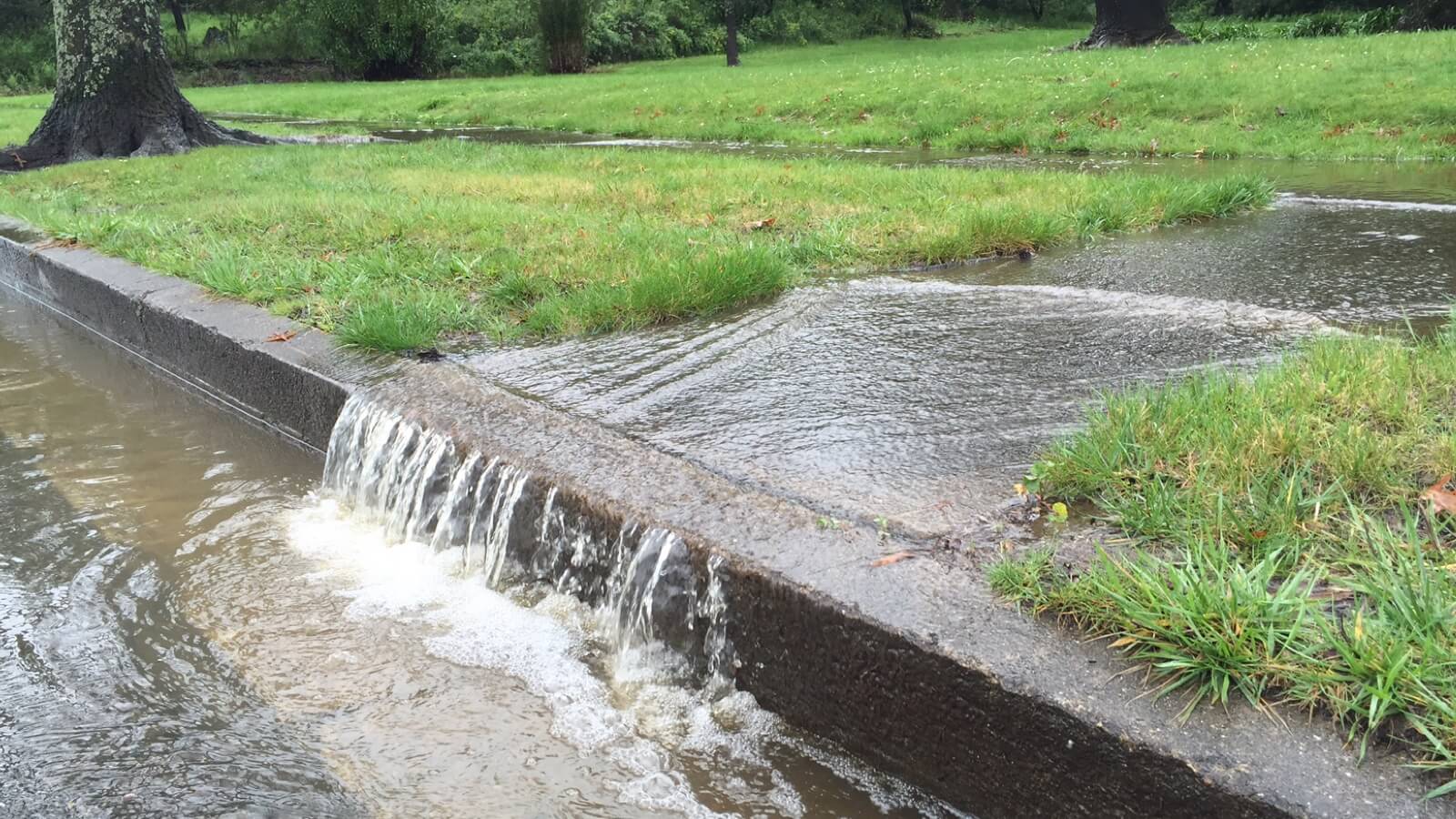
Overview: Stormwater and Water Quality
The flow of clean, cool, healthy water that connects the Cascade Mountains to Puget Sound is essential to the quality of life and prosperity of Pierce County residents, businesses, and fish and wildlife. The quality of water throughout the Watershed determines whether it can be safely used by humans, fish, and wildlife.
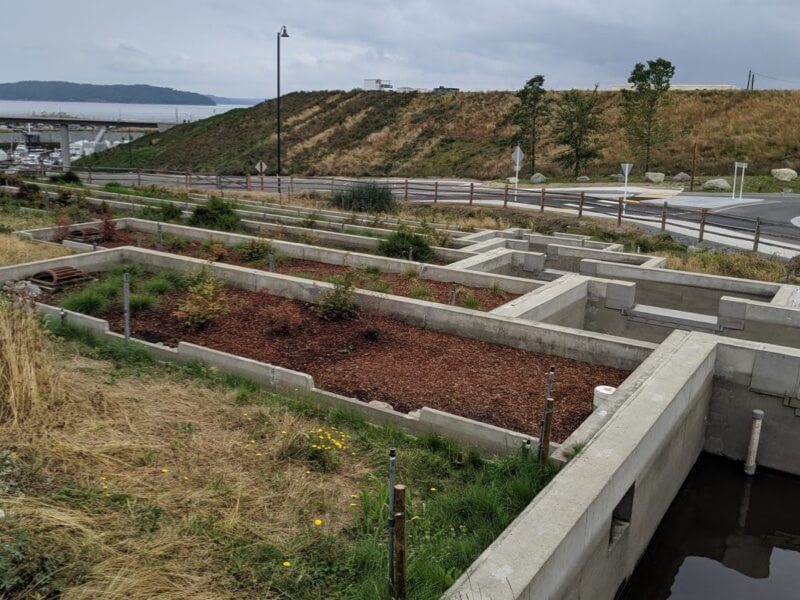
Key Pressures and Risks
The pollution resulting from urban centers has resulted in poor water quality conditions in many parts of the watershed. These poor water quality conditions are not meeting the needs of the humans, fish, and wildlife that live there.

Population Growth
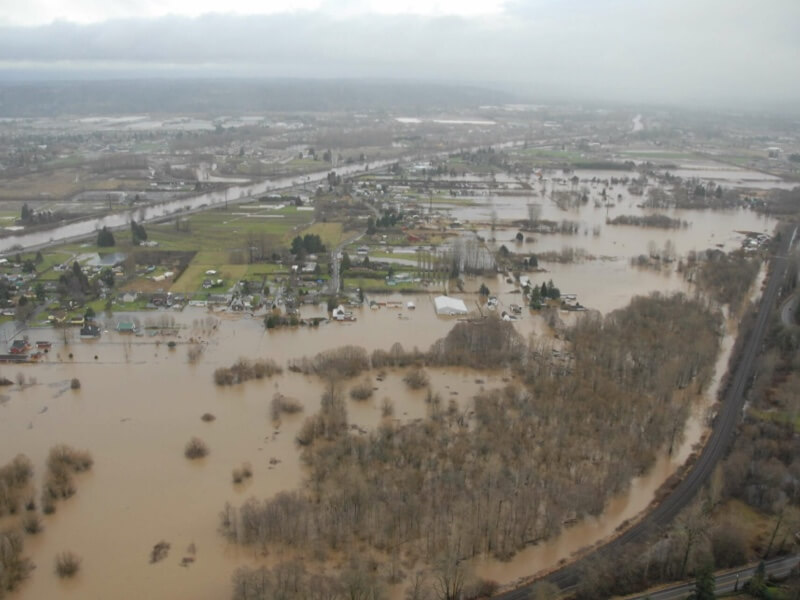
Stormwater
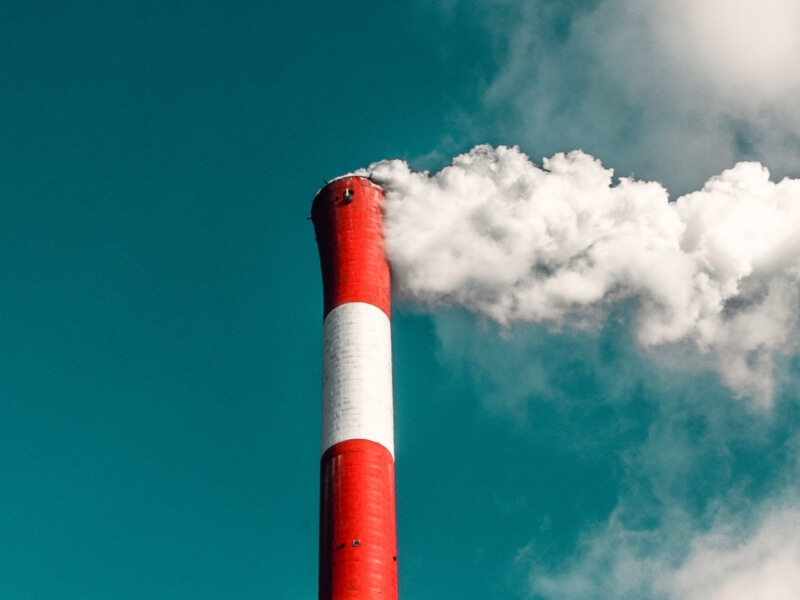
Pollutants
Stormwater and Water Quality Goal
The overall goal for stormwater and water quality is to manage stormwater and prevent pollution in support of clean water for people and fish.
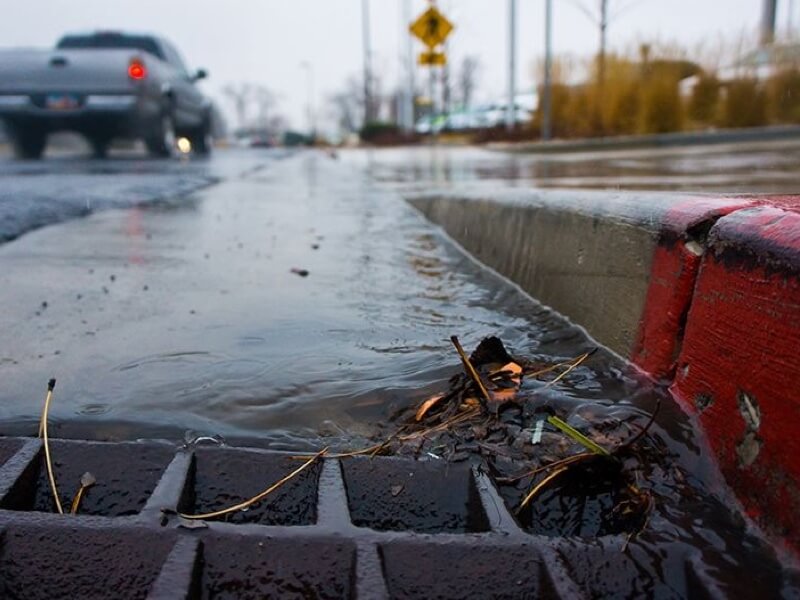
NPDES Stormwater Management Program Plan
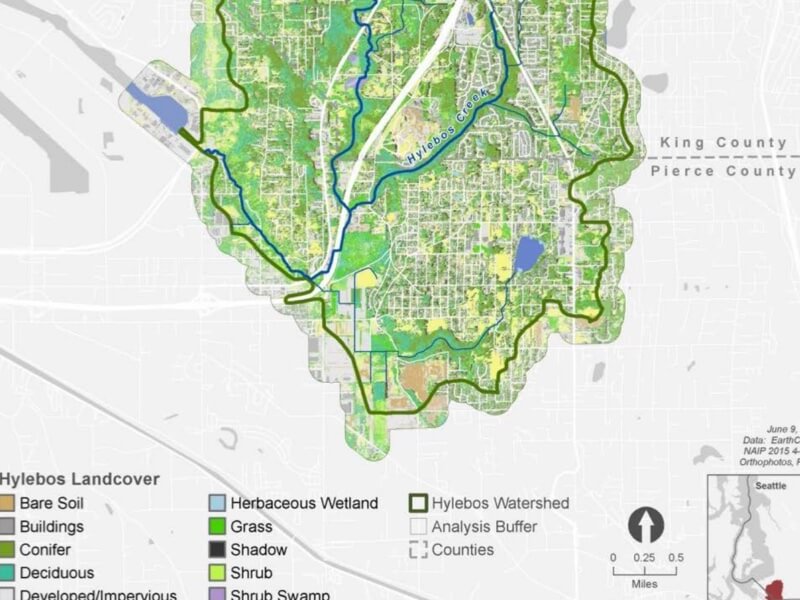
Hylebos Watershed Plan
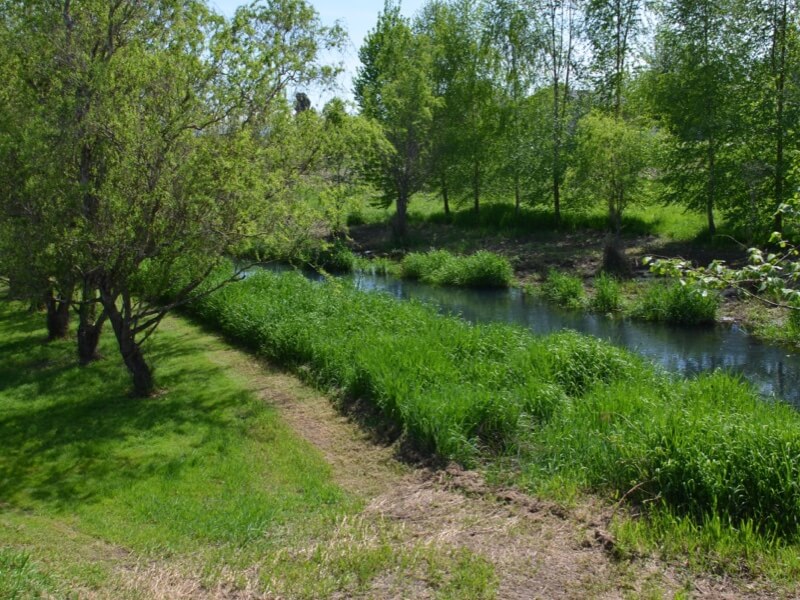
TMDL Watershed Restoration Plans
Stormwater and Water Quality Success in the Watershed
Meeker Creek Stream Restoration
Orcas Love Raingardens
Thea Foss Waterway Cleanup
Priority Actions for Equity and Human Wellbeing
The PWR LIO supports water quality projects identified by Pierce County, cities in the watershed, and local experts on stormwater and water quality management. Some projects of special interest are listed below.